Written by: Bima Putra Pratama, Data Scientist, DANA Indonesia
This is a series, please keep following the link to see all the steps.
Imagine we have a retail store that selling various products. To be more successful in your business, we have to understand our customers well. Especially in today’s competitive world. So that we can answers:
One way to understand our customers is by conducting customer segmentation. Segmentation is a process of categorizing customers into several groups based on common characteristics. We can use many variables to segment our customers. The information such as customer demographic, geographic, psychographic, technographic, and behavioral are often used as a differentiator to segment our customers.
By enabling customer segmentation in the business, we will be able to personalized your strategy to suit each segment’s characteristics. So that customer retention can be maximized, customer experience can be improved, have better ad performance, and marketing costs can be minimized.
So, how can we do this customer segmentation?
We will be applying unsupervised machine learning techniques to make customer segmentation on the retail dataset. We will use Recency, Frequency, and Monetary (RFM) that proven as a useful indicator of customer transaction behaviors.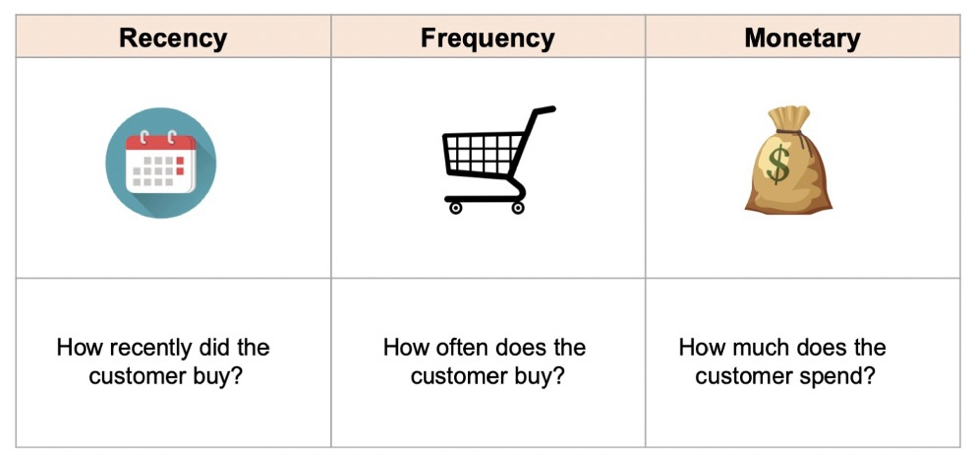
We will leverage the following products to build this use case:
We will start by preparing our data and then doing model training, followed by creating a pipeline for serving the model.
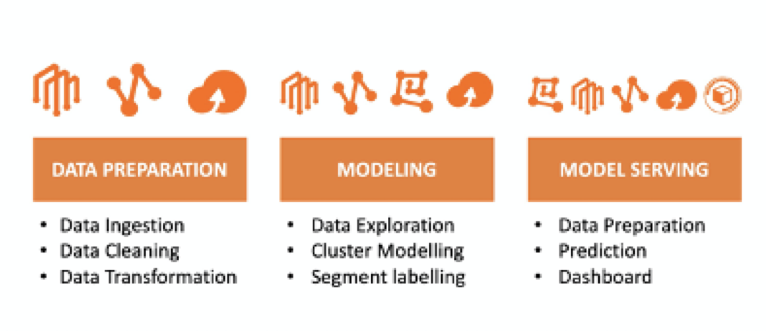
You can read the detail steps here:
1. Data Preparation
2. Model Training
3. Model Serving (and conclusion added).
Visit the pages for more details of every phase!
How to Build Customer Segmentation Phase I: Data Preparation
100 posts | 17 followers
FollowAlibaba Clouder - March 15, 2021
Alibaba Cloud Indonesia - August 28, 2020
Alibaba Cloud Indonesia - August 28, 2020
Alibaba Cloud Indonesia - August 28, 2020
Alibaba Clouder - February 1, 2021
Alibaba Clouder - May 6, 2020
100 posts | 17 followers
Follow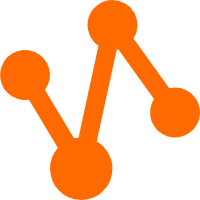 MaxCompute
MaxCompute
Conduct large-scale data warehousing with MaxCompute
Learn More OSS(Object Storage Service)
OSS(Object Storage Service)
An encrypted and secure cloud storage service which stores, processes and accesses massive amounts of data from anywhere in the world
Learn More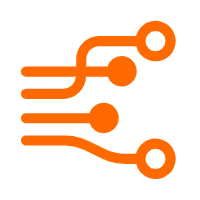 Hologres
Hologres
A real-time data warehouse for serving and analytics which is compatible with PostgreSQL.
Learn More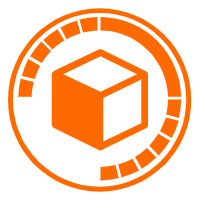 Data Lake Analytics
Data Lake Analytics
A premium, serverless, and interactive analytics service
Learn MoreMore Posts by Alibaba Cloud Indonesia